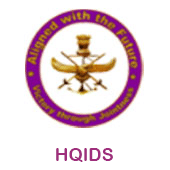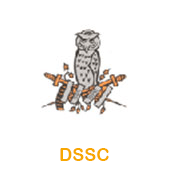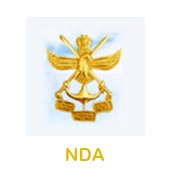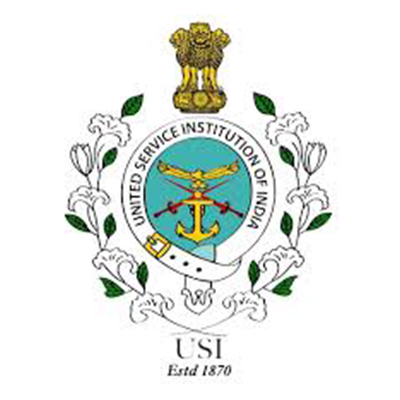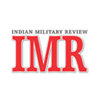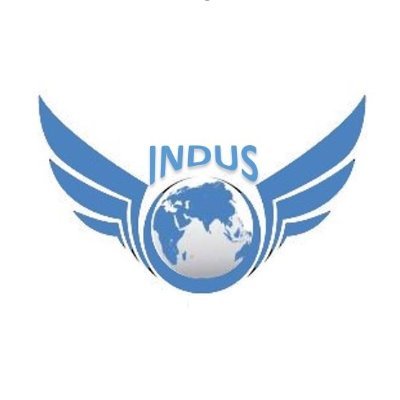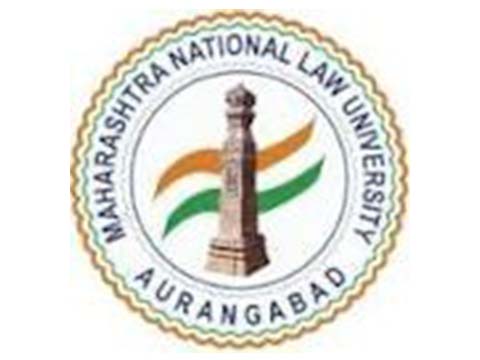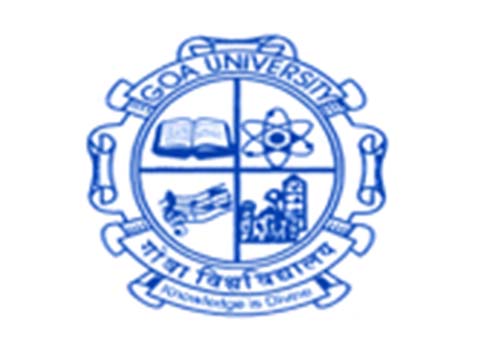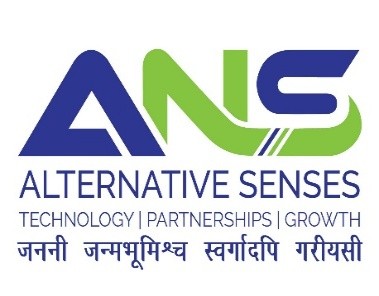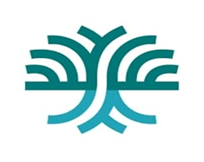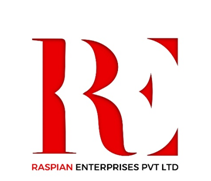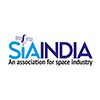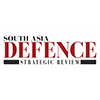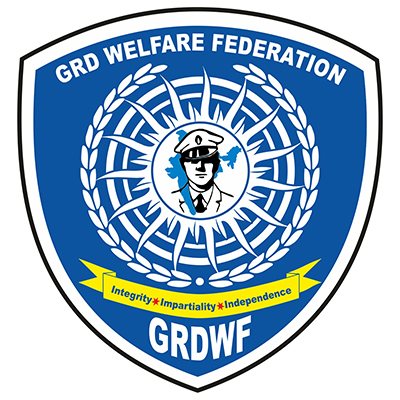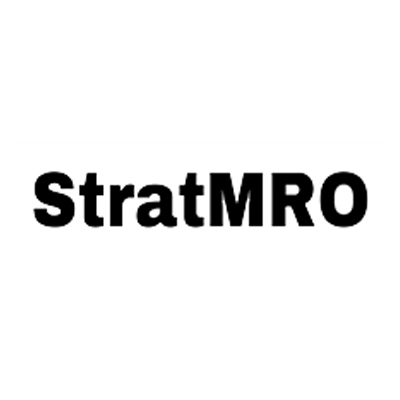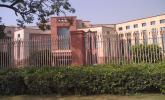
Seminar | 13-Dec-2019
Seminar | 14 – 15 NOV 2019
PROCEEDINGS OF SEMINAR : AIR & MISSILE DEFENCE INDIA 2019
14 – 15 NOV 2019
DAY 1 (14 NOV 2019)
Introduction
1. CENJOWS and Indian Military Review jointly conducted The Air and Missile Defence International Seminar 2019. The seminar was conducted at Kothari Auditorium, DRDO HQ, New Delhi on 14 and 15 Nov 2019. The focus of the seminar was on integrating new technologies and optimizing legacy system.
INAUGURAL SESSION
Welcome Address
2. Lt Gen Vinod Bhatia, PVSM, AVSM, SM (Retd), Director of CENJOWS welcomed all the delegates and the speakers to the seminar and highlighted the significance of the Air & Missile Defence Seminar which is conducted annually. He explained that post the Balakot Strike a new paradigm has been created and the Air Defence, in future would have to be ready 24×7. The 14 Sep 2019 attack on Saudi Arabia oil facilities by Drones and missiles has also significantly changed the nature of future wars by opening new domains which will mandate countermeasures by Air Defence. He emphasized the importance of finding new solutions by the Indian Defence Industry and R &D community. He reiterated the aim of the seminar which was to bring all stake holders on a common platform for discussing the integration of new technologies, optimizing legacy system and come out with an action plan on the way ahead.
Special Address
3. Lt Gen PS Rajeshwar, AVSM, VSM, Chief of Integrated Defence Staff to the Chairman Chiefs of Staff Committee gave the inaugural address wherein he highlighted the rapidly changing dimension of air threat and the need for evolving countermeasures to meet this threat in an environment of Joint and network centric war. The increased proliferation of Drones as demonstrated in Saudi Arabia and development of new airborne systems will necessitate the evolution of new technologies and changes in our organization and structures in prosecuting Air Defence operations. He stated the need to relook at the VA/VPs which require protection, work out the right mix of hard and soft kill weapons based on an accurate threat assessment. While doing so the inter-se cost factor must also be kept in mind. He concluded by stating that the new technologies will have to work in concert with the older concepts which will remain relevant but must mesh with new technologies seamlessly. He hoped that the discussions on these important aspects would result in pragmatic and actionable recommendations.
Theme Address
4. Lt Gen AP Singh, AVSM, DG Army Air Defence, Army HQ gave the Theme address and described the emerging challenges for AD which include Drones, Advanced Ac, Missiles, Hypersonic glide vehicles and cyber warfare. He explained that the Air Defence forces will have to counter stand-off attacks as also close strikes by drones, operate in conventional and sub conventional roles, be prepared 24×7, operate in a highly saturated EW environment and Network its operations to ensure seamless and instant fusion as well as passage of data. He highlighted the huge opportunities available to all stake holders to come up with solutions for the emerging milieu. He stated that the Army Air Defence required sensors, Guns & Missile, Laser and High Power MW systems, EW suites, Control and Reporting Systems which would have to work in a Networked and joint environment. He exhorted all stake holders to create home grown and cost effective solutions to meet the needs of the Army Air Defence.
5. Release of IMR- EY Knowledge Paper on Air Defence. The session concluded with release of the IMR- EY Knowledge Paper on Air Defence.
Industry Perspective
6. Col KV Kuber, Director, (Defence and Aerospace) Ernst and Young gave the industry perspective on the emerging Air Threat and the new gen AD system which will be required for countering these. He stated that the Saudi drone strikes highlighted the asymmetric impact of low cost equipment on the world economy and the need to guard against such threats. He spoke about the ongoing AD programmes, the evolution of high tech equipment manufacturing by the Indian Defence Industry, the need to hand hold important projects by the MoD and highlighted the slow pace of procurement cases. He reiterated the need to put in measures to remove the blockages in procurement process and the importance of cost to kill ratio which should be factored during the development and procurement cycle. He also gave an insight into the growth story of DPSUs, DRDO and Indian Defence Industry and the emerging changes in this field.
SESSION -1 : CONTOURS OF AERIAL THREAT
7. This session was chaired by Air Mshl BR Krishna, AVSM, SC, DG Air Ops, Air HQ. He was assisted by representatives from the Services and DRDO as the co-panelists.
First Speaker
8. Wg Cdr P Prakash, AD IV, Air HQ gave an overview of the evolving facets of Air Threat and preparedness measures to meet this threat. He gave an insight on the emerging threats in this area and the importance of counter drone technologies. He highlighted the latest measures being undertaken for capability building.
Second Speaker
9. Col S Rajeev, Col AD (Ops) Army AD Dte, Army HQ spoke on the emerging threats from UAVs/Drones. He highlighted the latest trends in this field to include swarm drones, MUMT (manned unmanned tech), networked and failsafe C&R links. He highlighted the focus areas which include Detection and identification means and thereafter the weapon assignment which would include both hard and soft kill.
Third Speaker
10. Mr Ranadeep Saha, DGM Radar Development, L&T gave an insight on Fire Control Radar in AD Scenario. He highlighted the Radar development programme of L&T and the new technologies which were being incorporated in this field.
Fourth Speaker
11. Mr Joseph Horowitz of Rafael Advanced Defence System spoke on the M-SHORADS system which was ideal for protecting maneuvering forces against Air Threats. He highlighted that MSHORADs is the new concept which is being incorporated by most advanced nations including USA and this solution can provide an effective shield against emerging Air threats including Drones.
SESSION -2 : EMERGING TECHNOLOGIES
12. This session was chaired by Lt Gen (Dr) VK Saxena, PVSM, AVSM, VSM (Retd), former DG Army AD, Army HQ. He was assisted by representatives from the Services as the co-panelists.
First Speaker
13. Gp Capt Deshpande, Air HQ spoke on the developments and evolution of Air munitions and delivery systems. He gave an insight on latest trends in these fields and the tech requirements in Aircrafts for future wars.
Second Speaker
14. Capt Robin Chakraborty from the Navy HQ spoke on the emerging AD technologies in Naval systems and explained the Naval AD philosophy & the Challenges of AD in maritime environment. He highlighted the emerging technologies in Naval systems like precision weapons, net enabled munitions, advanced delivery systems, ability to operate in GPS denied environment etc.
15. The Chairperson highlighted the use of AI in AD system and gave insight on the other fields of emerging technologies which will make the AD environment most challenging in times to come.
DAY 2 (15 NOV 2019)
INAUGURAL SESSION
Welcome Address
16. Lt Gen Vinod Bhatia, PVSM, AVSM, SM (Retd), Director of CENJOWS welcomed the delegates. He appreciated the informative discussions of the previous day and encouraged the delegates to continue in the same vein and highlight the way ahead for meeting the challenges, both external and internal in the Air defence domain.
Special Address
17. Lt Gen Satinder Singh, AVSM, Commandant Army AD College gave an insight on the evolution of AD and the challenges posed by use of disruptive technologies by both State and Non State actors. Use of technology has made everyone vulnerable and the need of a responsive AD, alert 24×7 is a must. He highlighted the necessity to optimize the available resources, use innovations and collaborations with academia and industry to find solutions to the emerging challenges. He spoke on the need to incorporate new technologies like DEW, HPEW, Automated C&R system in the Army AD and the requirement to train the AD warriors to be able to exploit these for success in future battlefields.
SESSION -3 : INTEGRATED AIR DEFENCE BATTLE AND CHALLENGES
18. This session was chaired by Air Vice Mshl Surat Singh, AVSM, VM, VSM, ACAS Ops (space) Air HQ. He was assisted by representatives from the Services as the co-panelists.
First Speaker
19. Capt (IN) Khurana highlighted the Concept and modalities of Air Defence of the fleet and discussed the Maritime environment which poses additional challenges on AD. He highlighted the aspect of sea being a medium of all users, a Global common, and the need, therefore to have state of the art Comn, Netcentricity, IFF, Surveillance and weapons to counter the emerging Air threat.
Second Speaker
20. Brig V Mahajan gave a very interesting talk on the concept of Air Defence Electronic Warfare, wherein he spoke about the need to make EW an offensive arm of Air Defence plan. He highlighted that with the emerging Drone and UAS threat this would yield cost effective solutions in countering Air threat. He gave an overview on the EW systems and their employment for Active Air Defence protection along with the other existing systems.
SESSION -4 : SELF RELIANCE IN AIR DEFENCE
21. This session was chaired by Maj Gen SP Goswami, VSM, ADG Army AD, Army HQ. He was assisted by representatives from the Services and DRDO as the co-panelists.
First Speaker
22. Col GL Sharma , Col AD (SRSAM/MRSAM) spoke on the very relevant topic of ‘Self reliance in Defence Production – can India achieve it?’. He highlighted the various challenges which exist in our current procurement system and compared the best practices of other nations. He proposed changes in the DPP and policy issues which would assist in streamlining the system.
Second Speaker
23. Dr Amit Kumar from DRDO spoke on the latest developments in Missile Defence Systems. He highlighted the extensive use of Advanced technologies and the development of the Indian BMD over the years.
CLOSING SESSION
Special Address
24. Dr G Satheesh Reddy, Chairman DRDO and Secretary Dept of Defence R&D gave a special address and highlighted the complex Air Threat environment which is emerging. The use of Advanced technologies like Hypersonic glide vehicles, UAV / Drones, Sixth Gen ac, advanced missiles with long ranges, use of AI and advent of autonomous system would pose immense challenges in securing the skies in future. He highlighted the future requirements in AD systems which will include Radar system capable of detecting such threats, Laser and HPEW systems, BMD systems, failsafe communication and networked systems for real time 24×7 actions. He also gave an insight into the indigenous AD programmes which are ongoing and those planned in future to meet these challenges.
Closing Address
25. Maj Gen Ravi Arora gave the vote of thanks and thanked all the delegates and participants for their presence on the two days and invigorating discussions carried out.
SUMMARY OF RECOMMENDATIONS
26. The seminar provided an opportunity to all the stake holders to discuss the relevant issues pertaining to Air and Missile Defence. A number of important and relevant issues emerged which will provide the way forward in providing secure Air Defence to the country. These are summarized as follows:-
(a) The emerging air threats are complex systems with advanced technologies, these will be used in conjunction with Drones and UAVs by both state and Non state actors. The AD challenge will thus be both outward and inward looking as also to meet long ranges of ac and short ranges of Drones. There is a need to evolve systems and structures to meet these threats.
(b) Drones and UAVs have changed the dimension of air threat as demonstrated in the Saudi Attacks. Drones mitigation will need Point Defence at various VA/VPs across the country and both hard and soft kill need to be factored. India also needs to put in place a comprehensive drone policy along with criminal and legal aspects covering all issues of dereliction.
(c) Drone and UAVs mitigation will involve CAPFs and other Central and State org. There is a pressing need to create a common for a where all stake holders can resolve issues. SOPs for detection, identification and bringing down these threats especially in the hinterland need to be put in place. Seamless communication between all agencies, C&R, and common protocols and procedures is the need of the hour.
(d) The trg of CAPF, Army AD and IAF AD elements should be done together so that the issues highlighted above be resolved. Army AD college can be nominated as the Nodal trg centre for all CAPFs for this aspect.
(e) The Indian Defence Industry, DRDO and DPSUs need to invest in R&D for developing niche technologies for our future needs. Imports need to be reduced and indigenous cost effective solutions found to meet our future requirements.
(f) Defence procurement needs to be simplified and bottlenecks identified and removed in order to ensure timely procurement. Hand holding be carried out if required to promote indigenous manufacture. Services should plan incubators to encourage R&D catering to their specific needs. Lateral move of user to DRDO, academia and industry be encouraged for specific projects.

